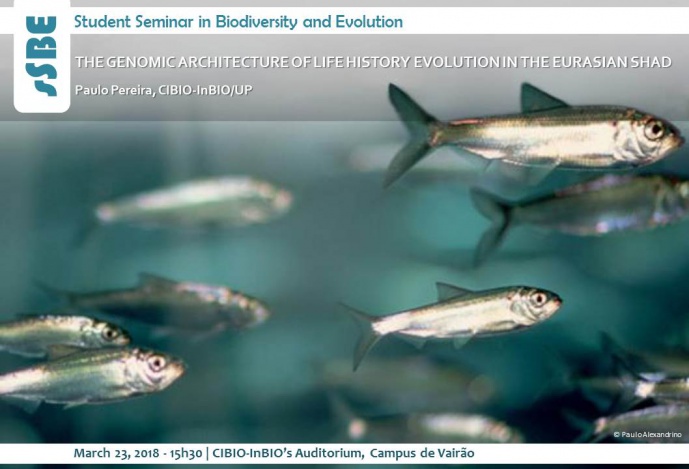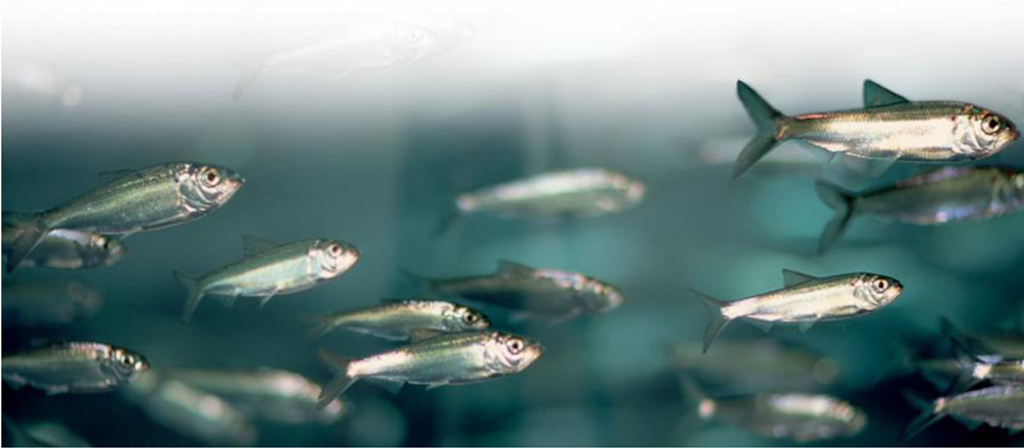THE GENOMIC ARCHITECTURE OF LIFE HISTORY EVOLUTION IN THE EURASIAN SHAD

STUDENT SEMINAR IN BIODIVERSITY AND EVOLUTION

Rapid climate change is threatening natural populations. To avoid extinctions, species may either shift their ranges or adapt to the new environmental conditions. Anadromous forms of the Eurasian allis (Alosa alosa) and twaite shad (Alosa fallax) have been reproductively isolated in, and adapted to, freshwater lakes and reservoirs during the past few centuries, making them excellent models to study the role of epigenetic variation in ecological divergence. In this talk I will present my PhD project, and outline some of the preliminary results obtained so far.
Paulo Pereira holds a MSc in Biodiversity, Genetics and Evolution from the University of Porto. Currently, Paulo is a PhD student in his second year of the BIODIV program and working under the supervision of Dr. Miguel Carneiro (CIBIO-InBIO) and Dr. Stephen Sabatino (CIBIO-InBIO). Paulo's interests focus on understanding the role of regulatory changes in the adaptation to new environments through cutting-edge genomic tools and bioinformatic pipelines.
[Host: Stephen Sabatino, Ecology and Evolution of Aquatic Organisms]
Image credits: Paulo Alexandrino